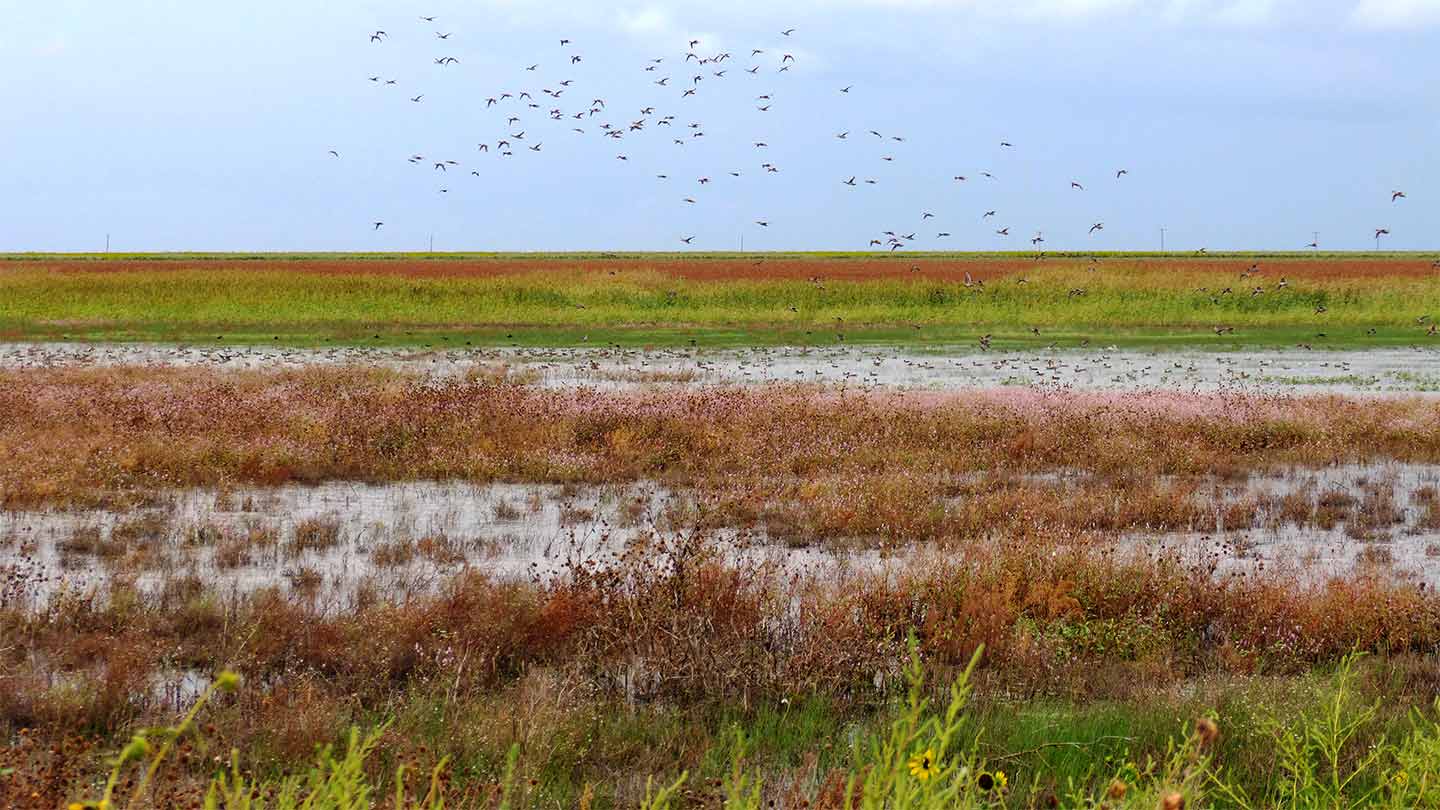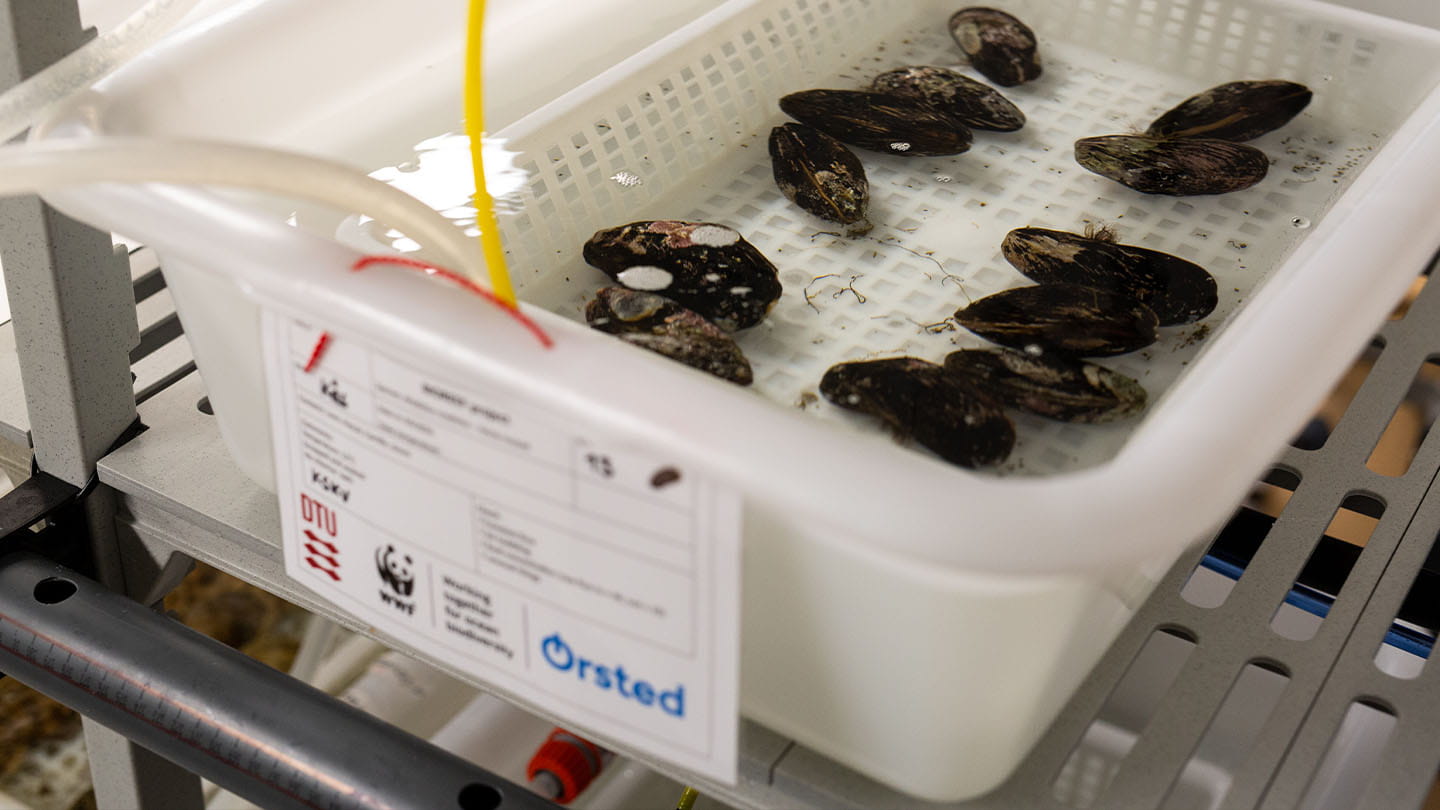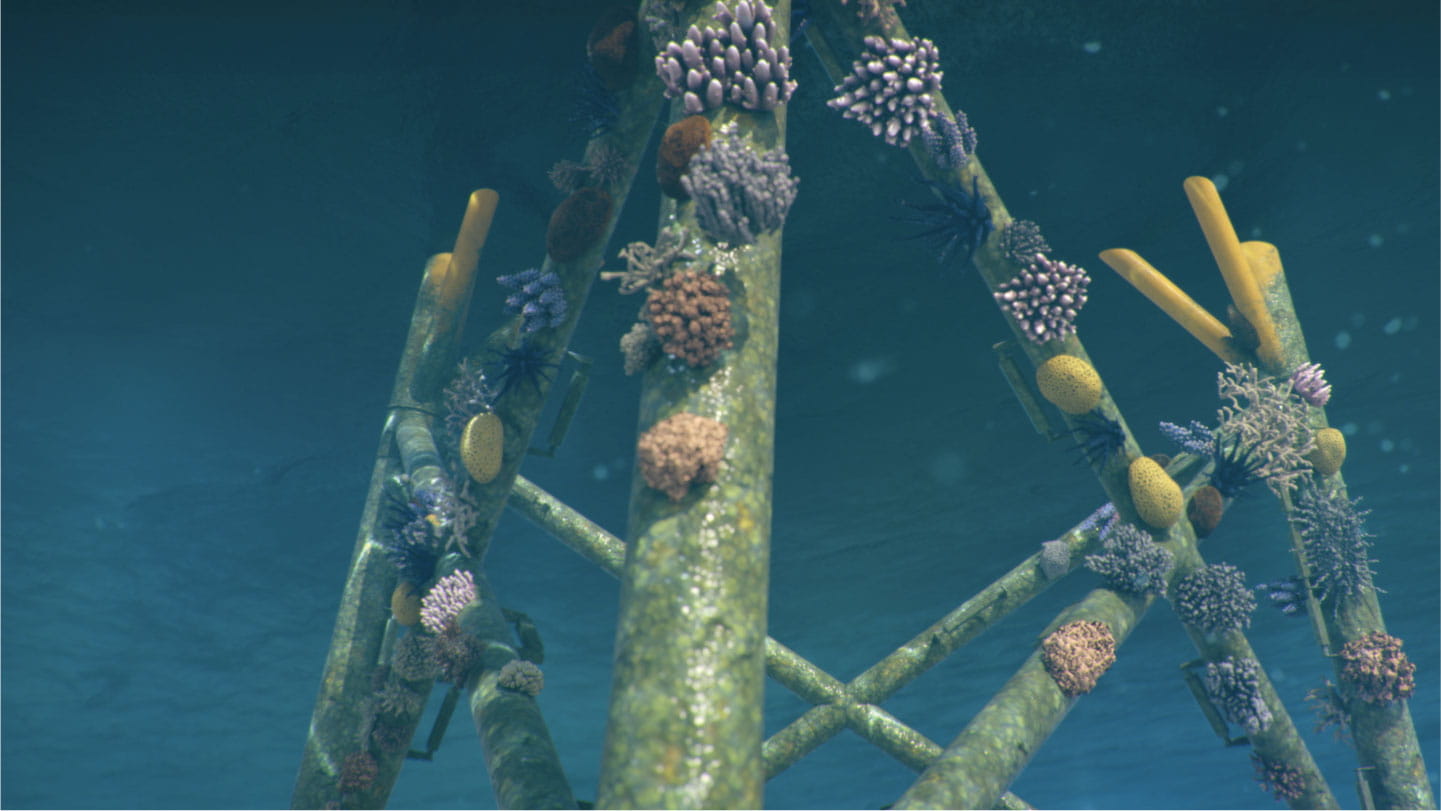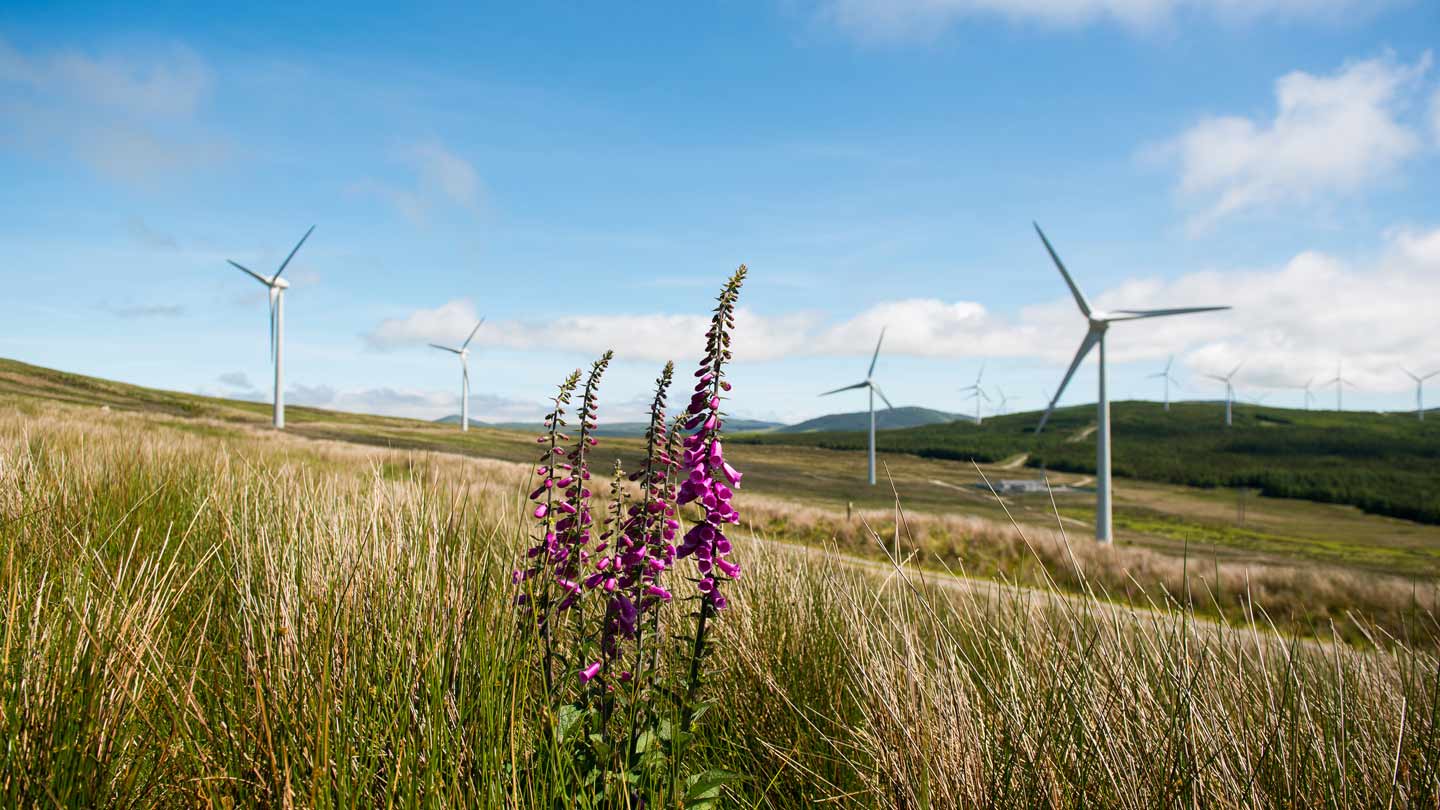What are we doing, and what can others do?
We’re on a credible path towards net-zero greenhouse gas emissions
Ørsted used to be one of the most coal-intensive energy companies in Europe. In the space of a decade, we shifted to focus almost exclusively on renewable energy. Today, we’re on track to reach net-zero emissions across our value chain by 2040.
Our path to achieve this has been validated by the Science Based Targets initiative (SBTi). This means that we account for all emissions across our value chain, we have achievable short-term – as well realistic long-term – targets, we’ll only use carbon credits to cover our residual 2 % of emissions at most, and we finance climate action and nature-based solutions beyond our value chain impact.
- We encourage every company to set and deliver on a science-based net-zero target – those that use energy, and especially those like us that generate it. If every company did this, it would have a huge impact on climate change and, in turn, biodiversity.
We commit to delivering a net-positive impact on biodiversity
We’ve set the ambition that all new renewable energy projects we commission from 2030 onwards should deliver a net-positive biodiversity impact. This means that we'll not only avoid, minimise, and compensate for any impact on nature during the lifetime of our projects – we'll also actively help restore and enhance ecosystems.
As the first company to build an offshore wind farm, we played a leading role in bringing down the cost of green energy generation, particularly offshore wind. Today, our focus is on maximising the long-term value it can generate for people and nature. Our net-positive biodiversity ambition forms part of our broader commitment to build renewable energy infrastructure right – in a way that creates sustainable social, economic, and environmental benefits beyond low-emissions electricity.
- We call on other renewable energy developers to set ambitious biodiversity goals backed up by credible action, so that we can raise the bar for biodiversity impact in renewable energy development together.
- We call on policymakers to include stronger biodiversity criteria in renewable energy tenders, incentivising all developers to focus on value and not just short-term costs for this already highly cost-competitive energy technology.
We’re taking action and finding the best solutions in partnership
We don’t have all the answers. What matters is that we act now and work together to find them. We’re partnering with a wide range of experts to develop scalable restoration measures that can help us meet our net-positive biodiversity impact ambition, with a particular focus on ocean health.
Explore more about our projects and partnerships below.
- We call on environmental NGOs and the energy sector to work together, using our complementary expertise in conservation and renewable energy to advance our shared goals for a more sustainable future.
- We call on governments to integrate their plans for nature protection and climate mitigation. This includes adopting a fresh approach to marine spatial planning that promotes both the rapid construction of green energy and the protection and restoration of ocean habitats. It also means replicating the success of carbon disclosure requirements with a mandatory requirement for businesses and financial institutions to assess and disclose their impacts and dependencies on biodiversity.











